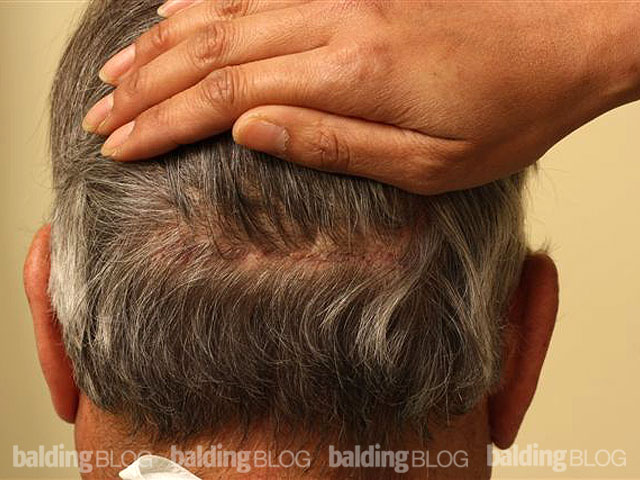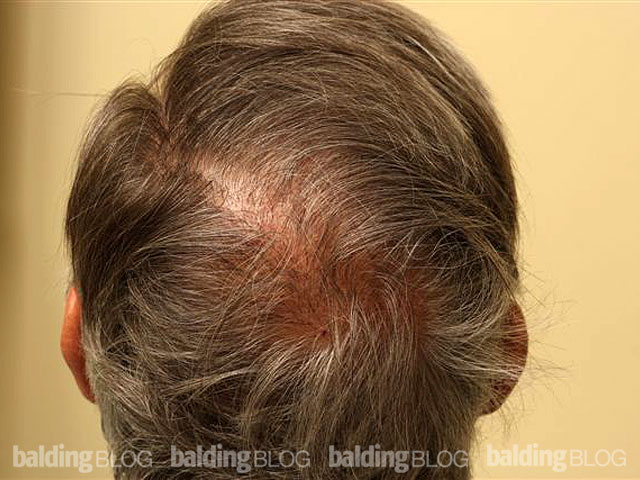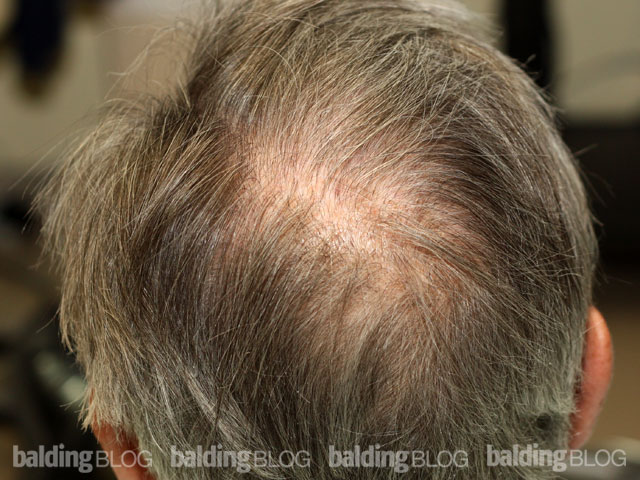I am a female (57) with receding and thinning hairline and temples (not as shown in the female balding diagrams), and just now reading about the FU HT alternative and would like to know:
1. Do both FU & Strip procedures require general anesthetic?
2. What would be the approx size of the donor area, needing to be shaved for the FU HT?
3. What is the difference in per graft costs, as I’m seeing wide variations ranging from $2.25 to $8
4. Do the FU grafts also fall out following the surgery and regrow as with the Strip method?
5. Transplants are advertised by several companies on TV as being permanent, but I’m reading in blogs etc that many patients appear to be requiring 3 or more procedures (along with lots of horrendous “gone wrong” outcomes from well known companies leading the field in HT which is very unsettling. Once started, is this an ongoing procedure and if so, how often might it be required to maintain the same thickness?Thank-you
To clarify, I assume when you refer to “FU”, you’re actually asking about “FUE”. Follicular unit extraction (FUE) and the strip method are the 2 techniques used to harvest donor hair for transplantation.
1. All hair transplant surgeries are done with local anesthesia (much like when you see a dentist). You are not put to sleep.
2. Shaving the donor area is not necessary for regular hair transplant surgery. If individual hairs are extracted one by one, the back of the head would have to be shaved. This method is known as follicular unit extraction (FUE). FUE donor hair harvesting is usually performed with a 1mm cylindrical punch. The other method is often referred to as “strip” surgery, where a strip of scalp is removed from the back of the scalp. Both FUE and strip surgery fall under follicular unit transplantation (FUT), a generalized term of doing hair transplant surgery one follicular unit at a time. Strip surgery does not require shaving the head, but it will leave a linear scar that will be covered and unseen if you keep your hair long. FUE surgery will leave thousands of white 1mm dots that would be visible if you shave your head completely. Some men who cut their hair really short (less than 1 inch) sometimes prefer to have the FUE since the dots will not be seen. Most women choose the strip surgery over the FUE surgery.
3. The difference in graft cost you see on the Internet is similar to the difference in any cosmetic surgery cost. Not all surgery results and reputations of clinics and doctors are the same.
4. All the hairs or follicular units transplanted will fall out within the first month or so. The follicles will go through a dormant phase and start to produce a new hair shaft after several months. So the results of the surgery will not be evident for several months. 6 to 12 months is a general time frame we tell our patients.
5. The transplanted hairs are permanent, but it may not be enough if you are continuing to lose your existing hair. Some also have higher expectation and desire more fullness after their initial surgery. So there are patients who have more than one surgery to achieve their specific/individual goals. With respect to horror stories you read about and surgeries that go wrong, it is directly tied to your question number 3. It is up to you to do the research, as this is a cosmetic procedure and not like buying a commodity or buying a car. Not all hair transplants are equal.




 This article is from 2007, but I don’t remember writing about it before. It discusses a treatment tested in lab animals that “reduces the length of time any recipient must be on immunosuppressant drugs to just a week”… instead of a lifetime. I can’t seem to find more recent info on it though, and the toxic immunosuppressant drugs still in use today have to be taken forever, which is just one of the reasons that transplanting hair from a dead person just isn’t worth the risk.
This article is from 2007, but I don’t remember writing about it before. It discusses a treatment tested in lab animals that “reduces the length of time any recipient must be on immunosuppressant drugs to just a week”… instead of a lifetime. I can’t seem to find more recent info on it though, and the toxic immunosuppressant drugs still in use today have to be taken forever, which is just one of the reasons that transplanting hair from a dead person just isn’t worth the risk.